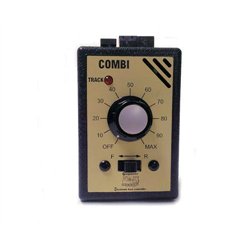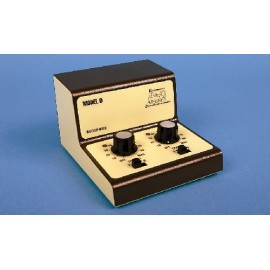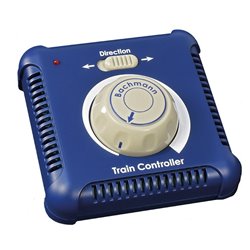Static grass puffer bottles work by manually charging model grass fibres with static electricity. When the charged...
No products
Product successfully added to your shopping cart
There are 0 items in your cart. There is 1 item in your cart.
Search Tips
What does "DCC ready" mean?
You may have noticed that in more recent years whenever you purchase a new locomotive that there is a little label on the box indicating that the model is DCC ready. If like many of us you still operate good old fashioned DC (analogue) models, then you can ignore this as it has no bearing on whether your model will work on an analogue layout. It merely indicates that the model is fitted with additional electronics to make it easier for you should you wish to convert your model to DCC operation at a later date.
To be more specific, a DCC ready locomotive will be fitted with a socket in which you can fit something called a decoder (a clever little circuit board that operates all of the fun extras as well as controlling the motor on a DCC locomotive). However, rest assured that it is only the socket that the model is fitted with and the model is for all intense purposes a regular DC model and definitely will work on analogue.
Our top tip though is to double-check that the label declares the model is DCC ready, and not DCC fitted. DCC fitted indicates that the model is fitted with a decoder and therefore is not set up to run on analogue.
Click here to receive the tips weekly in your mailbox. You can unsubscribe at any time.










